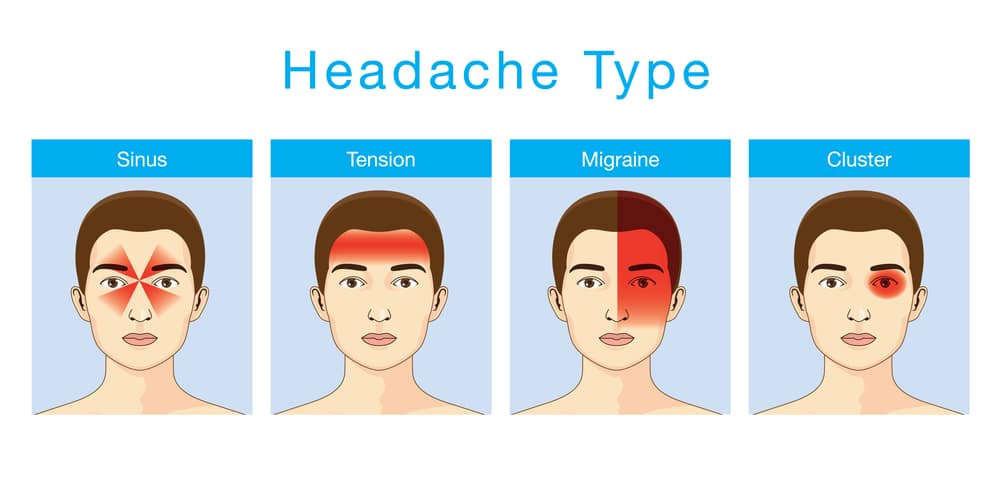CLUSTER
HEADACHESWHAT IS A CLUSTER HEADACHE?
This condition is a neurological problem that results in periodic episodes of intense pain. Cluster headaches are one of the most painful types of headaches. They often strike in cyclical patterns. The person will have frequent bouts of cluster headaches, and then the headaches will stop completely for a period of time.
WHY DO CLUSTER HEADACHES OCCUR?
Doctors do not know why cluster headaches occur. They may be related to the hypothalamus, and they may be linked to seasonal changes. Some people report that their headaches are triggered by certain stimuli, although triggers do not seem to play a large role in cluster headaches. Smoking, alcohol use, specific foods, bright light and stress have all been named as possible triggers.

WHAT ARE THE SYMPTOMS?
Symptoms of a cluster headache include a sharp, burning pain that often starts while a person is sleeping. The pain is usually centered on one eye, and may cause the pupil to constrict and the eyelid to droop. Pain may radiate from the center to other areas of the head. The person may have a flushed face and runny nose. Attacks may last from 15 minutes to three hours. During a cluster period – the period when attacks happen frequently – the person may have attacks every day at regular times for weeks or months until the cluster period has finished. The person may not experience another cluster period for months or years.
WHAT ARE THE TREATMENT OPTIONS?
There is no cure for cluster headaches, but treatment options may relieve symptoms and reduce their frequency. Options may include inhaling oxygen through a mask – which quickly provides dramatic relief for many – and various medications. Medications may include corticosteroids, synthetic hormones and pain relievers, and may be administered through IVs, nasal sprays, inhalers and injections. For some patients who do not respond to these treatments, techniques such as nerve blocks or deep brain stimulations may be effective.
